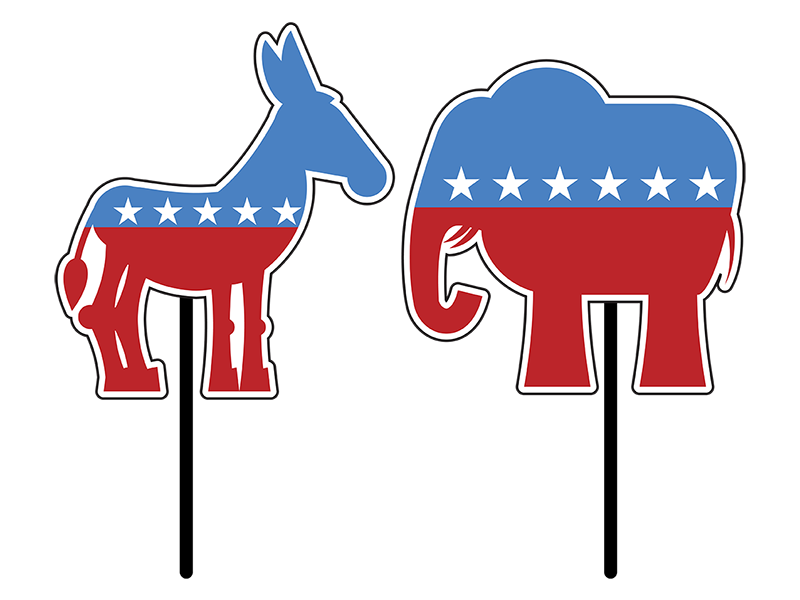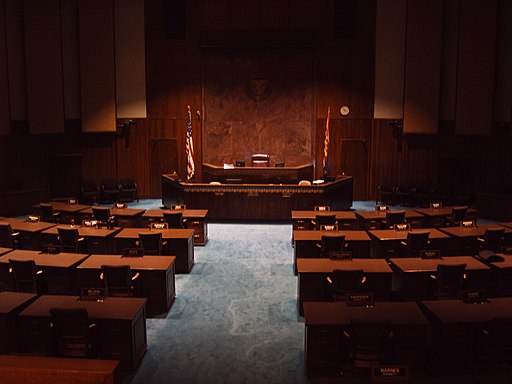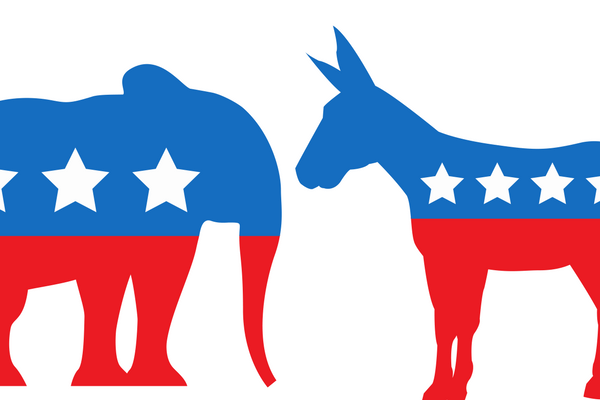Author: Corinne Wolyniec
-
U.S. Rep. Devin Nunes resigns

Rep. Devin Nunes (R-California) resigned from the House of Representatives on Dec. 31 to become CEO of former President Donald Trump’s (R) media company, Trump Media & Technology Group. Nunes began serving in the U.S. House in 2003, representing California’s 21st Congressional District until 2013. He won election in 2012 to represent the 22nd Congressional…
-
171 state legislative vacancies occurred in 2021

There were 171 state legislative vacancies across 43 states in 2021, according to a Ballotpedia analysis. As of Jan. 6, 2022, 129 of those vacancies have been filled. One hundred and twenty-four (124) vacancies occurred in state Houses and 47 occurred in state Senates. Ninety (90) of the vacant seats were originally held by Democrats…
-
November 2021 breakdown of state legislative party membership: 54.22% Republicans, 44.70% Democrats

54.22% of all state legislators are Republicans, and 44.70% are Democrats, according to Ballotpedia’s November partisan count of the 7,383 state legislators. Ballotpedia tallies the partisan balance of state legislatures at the end of every month. This refers to which political party holds the majority of seats in each chamber. Republicans control 61 chambers, while…
-
California Supreme Court Justice Mariano-Florentino Cuéllar resigns

California Supreme Court Justice Mariano-Florentino Cuéllar resigned on Oct. 31 to become president of the Carnegie Endowment for International Peace in Washington, D.C. Former Gov. Jerry Brown (D) appointed Cuéllar to the state supreme court in July 2014, and voters retained him in November 2014 with 68% of the vote. Before joining the California Supreme…
-
Kyle Bailey resigns from Maine state House

Maine state Rep. Kyle Bailey (D-27) resigned on Oct. 15, citing a new job opportunity. “Due to an exciting professional opportunity that has arisen recently, I am unable to complete my full term as state representative,” Bailey said in a statement. Bailey was first elected to represent Maine’s 27th House District in 2020, defeating Roger…
-
Matthew Dunlap vacates the office of Maine State Auditor

The office of the Maine State Auditor became vacant on Oct. 1 when former auditor Matthew Dunlap (D) stepped down. The Maine Legislature elected Dunlap as state auditor on December 2, 2020, effective January 4, 2021. Under Maine law, he was required to have certification as a public accountant, internal auditor, or information systems auditor…
-
Raquel Terán assumes office as Arizona state senator, creating vacancy in state House

Raquel Terán (D) assumed office as the senator for District 30 in the Arizona state Senate on Sept. 28. The Maricopa County Board of Supervisors appointed Terán (D) to the district on Sept. 15. The seat became vacant in August when former state Sen. Tony Navarrete (D) resigned after being arrested on suspicion of sexual…
-
Ohio Superintendent of Public Instruction Paolo DeMaria retires

Paolo DeMaria retired as Ohio’s superintendent of public instruction on Sept. 24. DeMaria was first appointed to the position in May 2016 by the Ohio State Board of Education. DeMaria announced on July 1 that he intended to retire, saying in a statement, “It has been an honor and a privilege to serve the State…
-
Two state legislators switch political party affiliation

Two state legislators switched their political party affiliation the week of Sept. 13. New Hampshire state Rep. William Marsh switched from the Republican Party to the Democratic Party, and Minnesota state Rep. John Thompson became an independent after members of the Minnesota House Democratic-Farmer-Labor (DFL) caucus voted to expel him. William Marsh—who represents Carroll County…
-
August 2021 breakdown of state legislative party membership: 54.26% Republicans, 44.72% Democrats

54.26% of all state legislators are Republicans, and 44.72% are Democrats, according to Ballotpedia’s August partisan count of the 7,383 state legislators. Ballotpedia tallies the partisan balance of state legislatures at the end of every month. This refers to which political party holds the majority of seats in each chamber. Republicans control 61 chambers, while…

